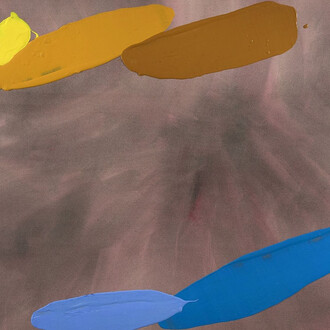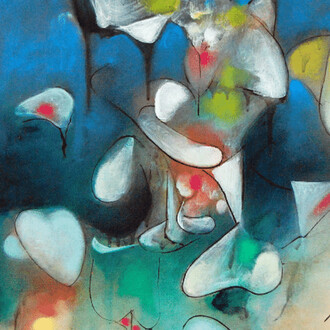Familiar things examines art’s potential to propagate intimacy through the ubiquitous nature of ordinary experiences. The selected pieces are the product of highly personal practices: Memory serves as a methodological informant; handwriting lays foundation for artistic gestures; quotidian objects take center stage.
These works forefront sensations and encounters symptomatic of the everyday, which are at once omnipresent and highly individualized. Though many of us share encounters with ordinary detritus or writing by hand, these sensations are experienced on an intimate, personal level. Often, we do not consider how our own experiences inform us about those of others. Furthermore, these encounters are often overlooked.
Familiar things forefronts the viewer’s sensual experience with the artwork while maintaining attention to the artists’ processes of creation–that is, processes imbued with autobiography and memory. As such, this exhibition tests the boundaries of biography as a critical methodology, democratizing practices that are thought of as highly personal.
This is not a treatment of the artist’s practice as a confessional; rather, Familiar things joins praxis and encounter, examining most basic things we share. This mode of viewership evokes the intimacy of handwritten letters, familiar objects, and minute sensations.
Functionally, Familiar things seeks to slow the immediacy of these overlooked encounters by using art as a distancing mechanism, forcing the viewer to be present. The action of viewing an artwork prompts cerebral engagement, bringing an intellectual dimension to objects and encounters that we experience in a purely mechanical manner.
Though the pieces featured diverge in their formal language, they are joined by an ethos of familiarity, in addition to an understated palette. Juxtaposition between stillness and dynamism and abstraction and figuration facilitates a rigorous formal agenda that further immerses the viewer in the subject matter.
















